mobile View, to the German Version tap the flag
![]()

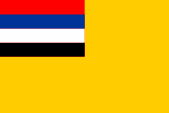
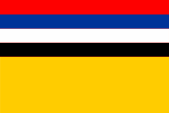
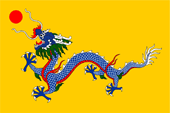
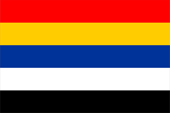
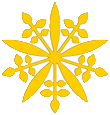
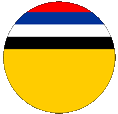
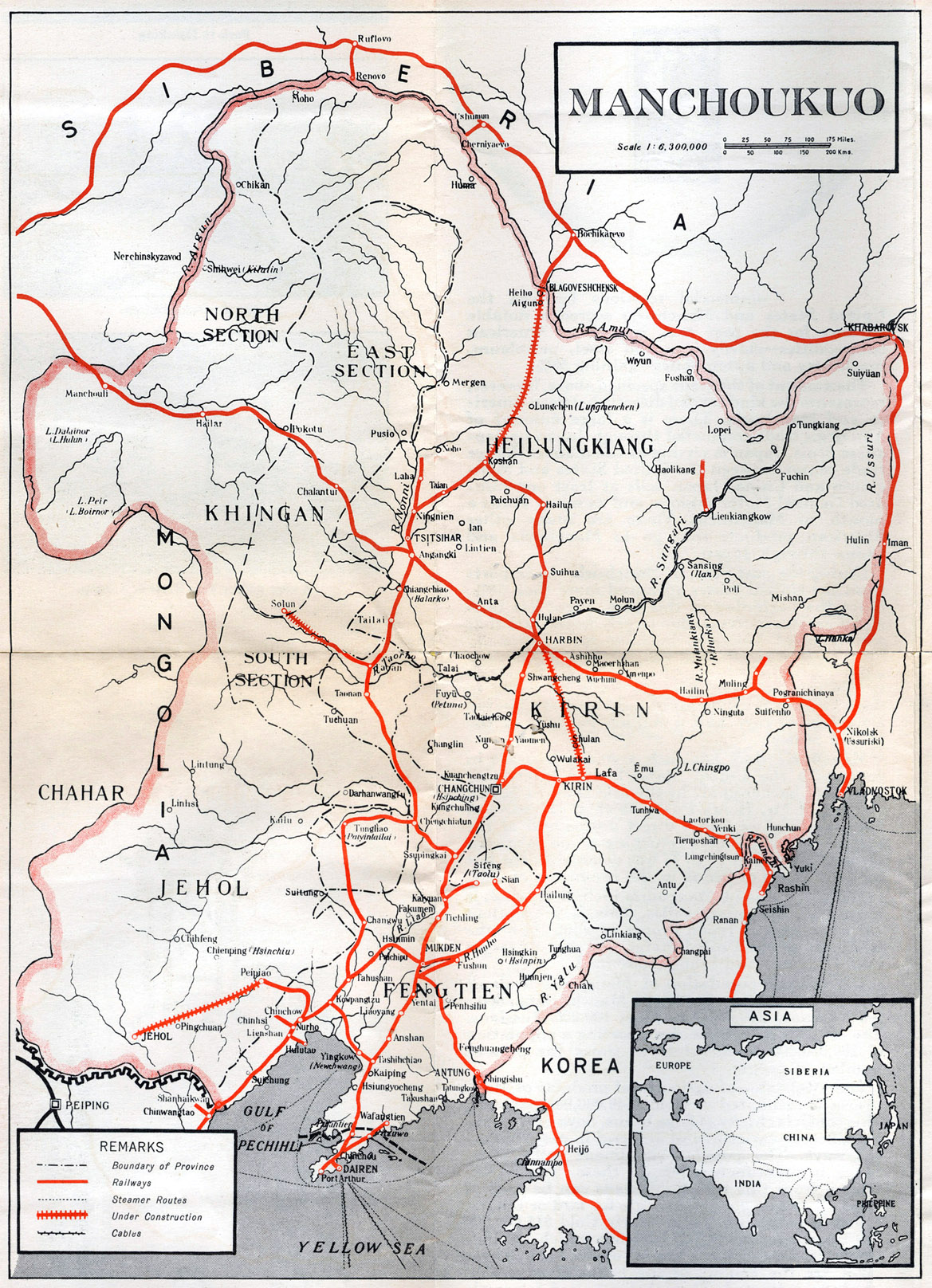
antiquity · settlement by Tungusian and Mongolian tribes
1368–ca.1580 · Ming-Dynasty in China, the country is dependent from China
ca.1580 · the Tungusian people of the Manchou conquers coming from the northeast under the General Nurhadji the today's Manchouria
1644 · the Manchou conquer the Chinese capital Peking, unseat the Ming-Dynasty and establish the Qing-Dynasty (as well Manchou-Dynasty, 1644–1912)
ca.1880 · soaring influence of Russia in Manchouria
1894–1895 · Chinese-Japanese War
1896 · Russia gets railroad construction licences in Manchouria
1900 · Russia occupies Manchouria
1904–1905 · Russian-Japanese War
1905 · despite the acceptance of the Chinese right of the state in Manchouria by Russia and Japan both countries partition Manchouria in two zones of influence
1912 · overthrow of the monarchy in China, proclamation of the republic
1916–1928 · civil war in China
1918 · the Chinese Marshal Zhang Zuolin takes Manchouria under his control and gets in the afteryears supported by Japan → soaring influence of Japan in Manchouria
1931 · military intervention of Japan in Manchouria
1932 · establishment of the State of Manchukuo as Japanese satellite state, the last Chinese Emperor Pu-Yi from the Manchou Qing-Dynasty becomes Regent of Manchukuo
1933 · annexion of the Chinese Rehe-Area to Manchukuo (between the rivers Luan and Liao)
1934 · Pu-Yi becomes Emperor of Manchukuo
August/September 1945 · Soviet and Mongol troops invade Manchukuo, unseat the empire, banish the Japanese and give Manchukuo up to the communist Chinese partisans which use it as retreating room and for re-organization
1945–1951 · civil war in China (the National-Chinese government of the Guomindang against communist partisans)
1st of October 1949 · proclamation of the People's Republic of China (under inclusion of Manchouria) by the superior communist partisans which meanwhile control the largest part of China, Manchouria gets with it partitioned under the die provinces of Heilongjiang, Jilin, Liaoning, Hebei and the Territory of the Inner Mongolia
Source:
Wikipedia (D),
World Statesmen
![]()
